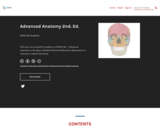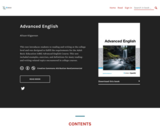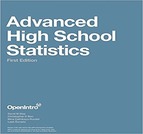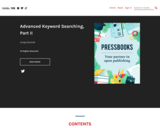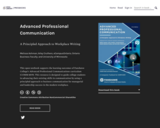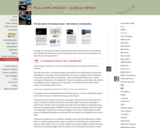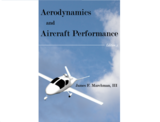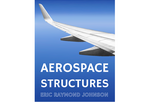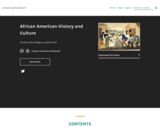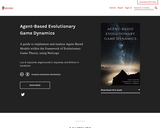
Intermediate Algebra is the second part of a two-part course in Algebra. Written in a clear and concise manner, it carefully builds on the basics learned in Elementary Algebra and introduces the more advanced topics required for further study of applications found in most disciplines. Used as a standalone textbook, it offers plenty of review as well as something new to engage the student in each chapter. Written as a blend of the traditional and graphical approaches to the subject, this textbook introduces functions early and stresses the geometry behind the algebra. While CAS independent, a standard scientific calculator will be required and further research using technology is encouraged.
Intermediate Algebra clearly lays out the steps required to build the skills needed to solve a variety of equations and interpret the results. With robust and diverse exercise sets, students have the opportunity to solve plenty of practice problems. In addition to embedded video examples and other online learning resources, the importance of practice with pencil and paper is stressed. This text respects the traditional approaches to algebra pedagogy while enhancing it with the technology available today. In addition, Intermediate Algebra was written from the ground up in an open and modular format, allowing the instructor to modify it and leverage their individual expertise as a means to maximize the student experience and success.
The importance of Algebra cannot be overstated; it is the basis for all mathematical modeling used in all disciplines. After completing a course sequence based on Elementary and Intermediate Algebra, students will be on firm footing for success in higher-level studies at the college level.
- Subject:
- Algebra
- Mathematics
- Material Type:
- Textbook
- Author:
- John Redden
- Date Added:
- 12/29/2012
